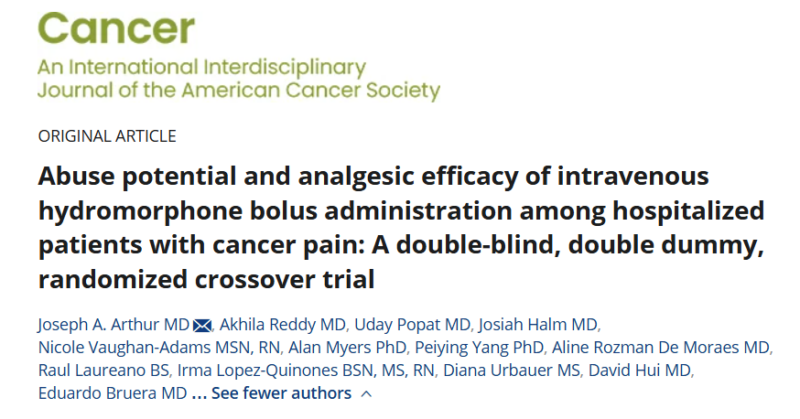The Study’s Concerns have been raised that administering opioids via intravenous (IV) bolus for pain relief could inadvertently increase their potential for abuse, but there is limited data to confirm this.
To address this gap, the authors of this study compared the abuse liability, pain relief effectiveness, and side effect profiles of two different methods of IV hydromorphone administration: fast IV push and slow IV piggyback. The study involved 83 hospitalized patients who were randomly assigned to receive either fast–slow or slow–fast administration of IV hydromorphone.
The results showed that both methods of administration resulted in low abuse potential, with no significant differences between them. The mean peak scores for the “drug liking” subscale of the Drug Effect Questionnaire were nearly identical for both fast (24.00) and slow (24.34) administration, suggesting that neither method was more likely to lead to drug abuse.
Both treatment groups reported similar levels of pain relief over the course of 120 minutes, with 92% of the slow administration group and 94% of the fast administration group experiencing improvements in pain scores, indicating no major difference in analgesic efficacy.
These results suggest that while both administration methods provide similar pain relief and have low abuse potential, the speed of administration may influence the frequency of certain side effects, such as drowsiness.


